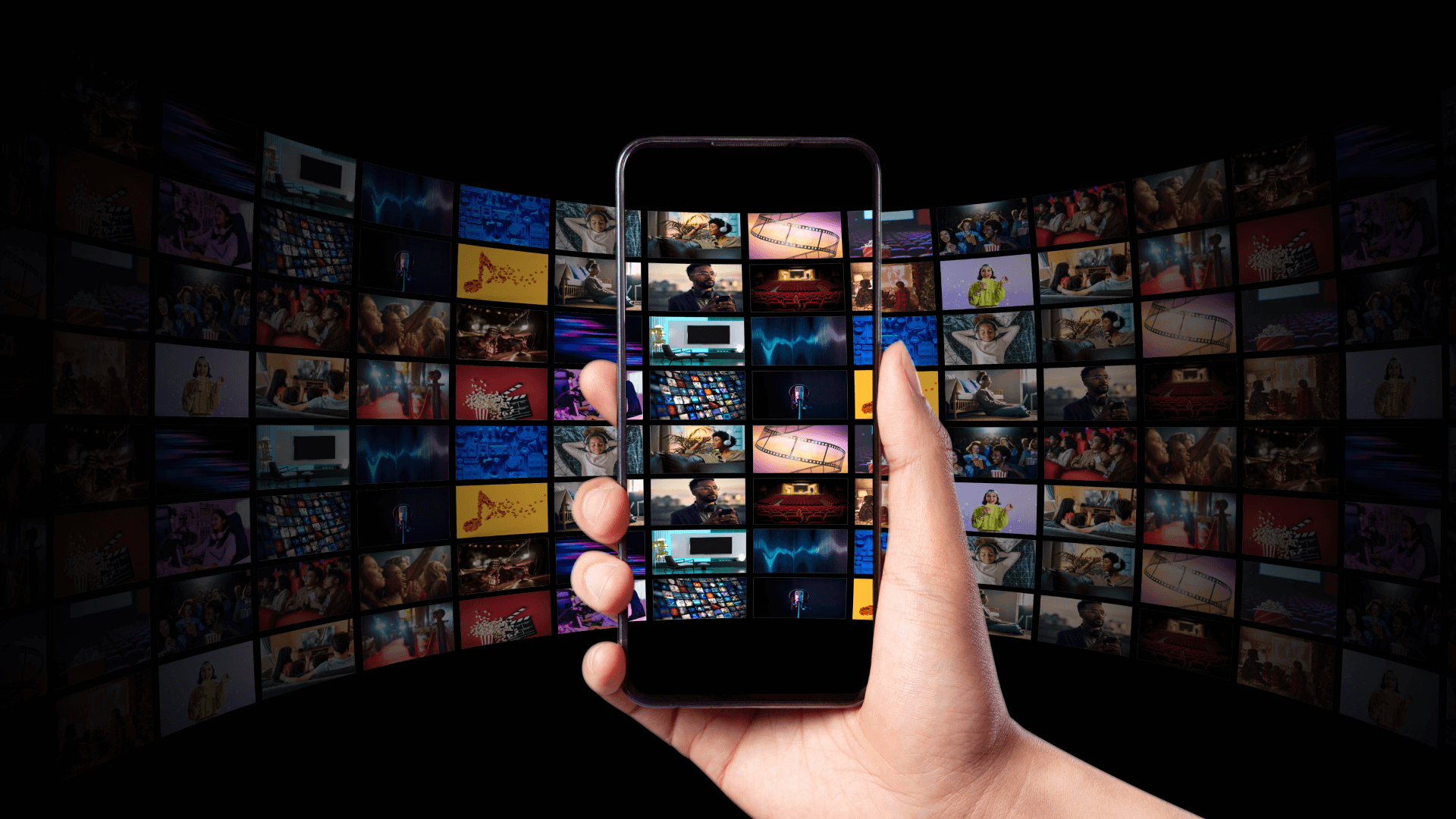Pulse of Information
Your source for the latest insights and updates.
From Blockbusters to Binge-Watching: The New Age of Entertainment
Explore how binge-watching has transformed our entertainment landscape from blockbuster hits to endless streaming options!
The Evolution of Cinematic Experiences: How Blockbusters Changed the Game
The world of cinema has undergone a remarkable transformation since the advent of film. Blockbusters, a term that gained popularity in the late 20th century, revolutionized how audiences engage with movies. Originally, films were primarily viewed in small, local theaters with minimal promotional budgets and limited reach. However, the rise of major studios investing heavily in production, marketing, and distribution created a paradigm shift. Notable films like Jaws and Star Wars not only broke box office records but also established the foundation for the modern cinematic experience, turning movies into cultural phenomena that could draw millions of viewers to theaters across the globe.
As technology advanced, so did the experience of watching films. The introduction of special effects, CGI, and immersive sound systems enabled filmmakers to craft visually stunning narratives that captivated audiences. Today, a blockbuster isn't just about a compelling storyline; it's also about spectacle and engagement. For instance, franchises like The Marvel Cinematic Universe utilized interconnected storylines and elaborate promotional strategies that transcended the traditional viewing experience, leading to a more loyal fanbase. This evolution redefined not only what constitutes a blockbuster but also how films are marketed, experienced, and celebrated in modern culture.

Binge-Watching: Is it a Blessing or a Curse?
Binge-watching has become a common pastime for many in today’s digital age, offering the allure of immersing oneself in captivating stories and characters across multiple episodes or even entire seasons of a show. The convenience of streaming services enables viewers to access a vast library of content at the click of a button, encouraging the binge-watching culture. While this practice can foster a deeper connection to narratives and provide an escape from reality, it raises questions about its impact on our productivity and mental health.
On the other hand, critics argue that binge-watching can lead to negative consequences, including disrupted sleep patterns and a sedentary lifestyle. Spending hours glued to a screen may result in missed opportunities for social interaction and physical activity. Furthermore, the flood of emotional highs and lows experienced during intense viewing sessions can leave viewers feeling drained. Ultimately, whether binge-watching is a blessing or a curse depends on how we manage this practice and maintain a healthy balance in our media consumption.
Streaming vs. Theatrical Releases: Which Medium Reigns Supreme?
The debate between streaming and theatrical releases has intensified in recent years, particularly as audiences have grown more accustomed to the convenience of at-home viewing. With platforms like Netflix, Amazon Prime, and Disney+ leading the charge, viewers can access a wealth of content without dealing with the hassle of trips to the cinema. This has led many to argue that streaming provides a more personalized and flexible viewing experience. On the flip side, theatrical releases offer an immersive experience — the grandeur of a big screen, the collective atmosphere of an audience, and the thrill of cinematic events that streaming often struggles to replicate.
Nevertheless, it is important to consider both mediums in light of their unique advantages. Streaming allows for greater accessibility and often a broader range of genres, including indie films that might not get theatrical runs. However, theatrical releases tend to create more buzz and can significantly impact the film's box office performance and longevity. Ultimately, the success and preference of each medium may vary by audience demographics, regional trends, and individual viewing habits, leading many to wonder: will one ultimately reign supreme over the other?